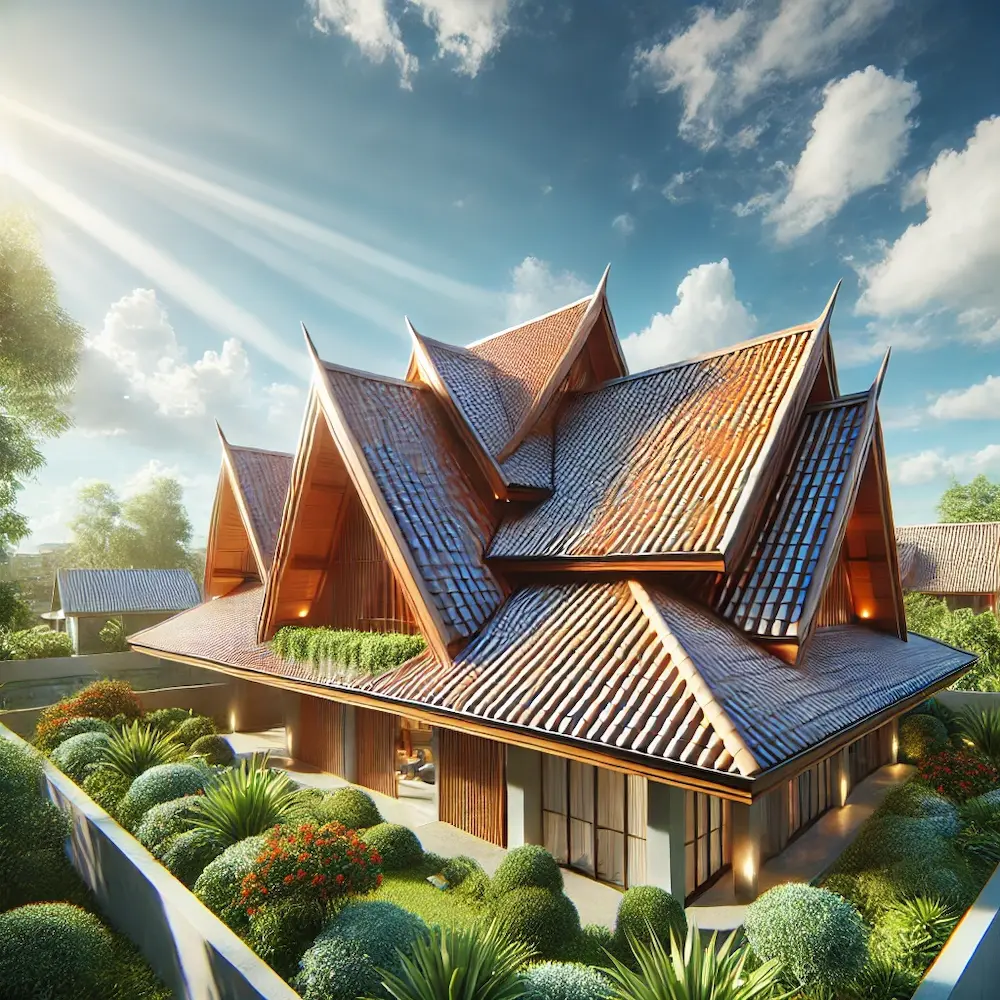A jerkinhead roof, also known as a clipped gable or snub gable roof, is an architectural design that combines elements of both gable and hip roofs. In this style, the peak of the gable is truncated or “clipped,” resulting in a short, downward slope at the end of the roof ridge. This modification enhances the roof’s stability and resistance to wind damage.
History and Origins of Jerkinhead Roofs
The jerkinhead roof design has been present since the Middle Ages and gained popularity in the late 18th and early 19th centuries. In the United States, it became prominent in the 1920s, particularly in Craftsman and bungalow-style homes. Architects like Gilbert Stanley Underwood utilized this design in their projects, contributing to its widespread adoption.
Key Features of Jerkinhead Roofs
- Combination of Gable and Hip Elements: The design features a gable roof with the upper portion clipped to form a short hip, providing a distinctive appearance.
- Enhanced Wind Resistance: The clipped ends reduce the impact of strong winds, making the structure more stable in adverse weather conditions.
- Aesthetic Appeal: The unique combination of roof styles adds visual interest and is often associated with traditional architectural designs.
Applications of Jerkinhead Roofs
Jerkinhead roofs are commonly used in residential architecture, particularly in styles such as Craftsman, bungalow, and cottage homes. They are also found in some church designs, reflecting their historical roots and aesthetic versatility.
Considerations When Choosing a Jerkinhead Roof
- Construction Complexity: The intricate design requires skilled labor and precise construction techniques, potentially increasing building costs.
- Maintenance Challenges: The unique angles and slopes can make maintenance tasks, such as cleaning gutters or replacing shingles, more difficult.
- Limited Attic Space: The design may reduce usable attic space compared to traditional gable roofs.
Conclusion
The jerkinhead roof offers a blend of aesthetic appeal and functional benefits, combining the advantages of gable and hip roofs. While it presents certain challenges in construction and maintenance, its enhanced stability and unique appearance make it a desirable choice for various architectural styles.
